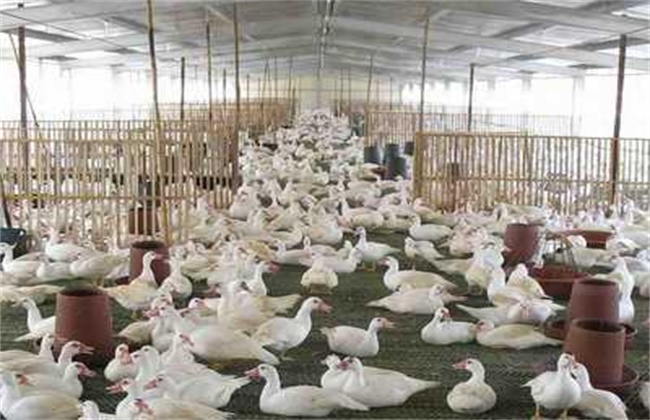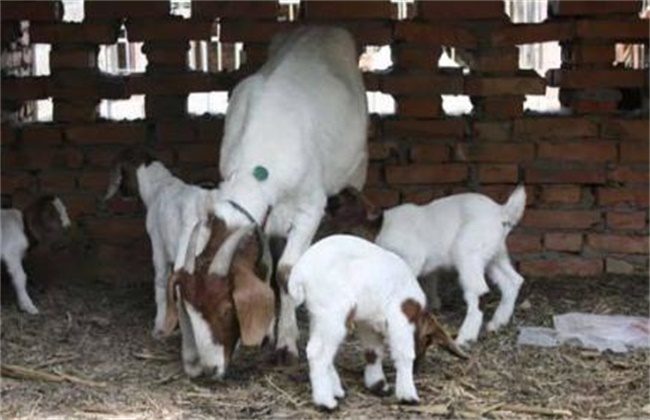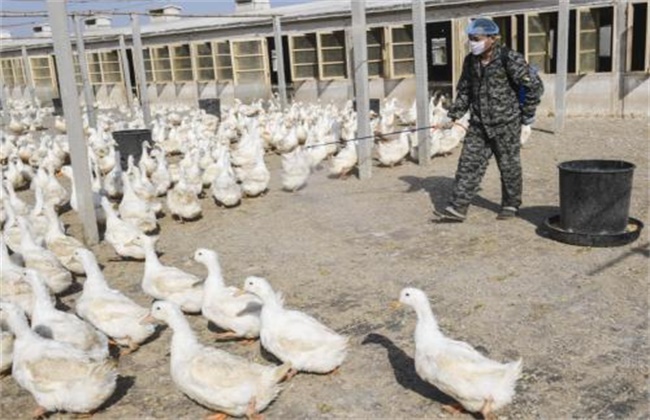How to deal with the dampness of duck shed
Ducks wash water, so the daily duck house is usually relatively humid, because they will bring some water into the duck house after launching. But the wet duck house is not good, so we can find a way to solve this wet problem, so how to deal with it? Let's learn more about it.

1. Set up an isolation network
This is now a more popular way, suitable for large-scale breeding. The principle is to build an isolation layer above the duck house floor, mainly with reticular material, so that when the duck returns to the duck house, the water will stay with the hole, which can greatly reduce the water accumulation in the duck house. This isolation layer should be thicker, the density of the duck is larger, and the second hole should not be too large, so as not to hurt the soles of the duck's feet, and the contact surface is smooth and not uneven.
2. Change the cushion material
Or change the cushion frequently, the duck consumption of the cushion is relatively fast, if you go into the water, it should be changed at least once a week, so as to ensure the reduction of water vapor. If the duck shed is really humid, you can change some cushions that are not easy to wet, such as fine sand, which are more effective ways to prevent the dampness of the duck shed. If it is forage and so on, then it needs to be more frequent, because the forage washing water is very fast, but the water retention effect is also good, and there is a lot of water left at the bottom of the duck after launching, so it is easy to get wet with forage.
3. Set aside a water removal area
This method is relatively rare because of the large demand for venues. Set aside a drainage area outside the duck shed, where you can put some dry sand or soil and the like. When the duck comes back from the water, it is not in a hurry to get into the cage. It is kept in this area for an hour or so and fed by the way, so that when the duck is finished, the moisture on the body is almost dry. Finally, rush back to the duck shed with fodder and let the ducks spend the night, which can effectively drain the water from the ducks, prevent the dampness of the duck houses, and greatly reduce the temperature of the ducks.
4. ventilation and dehumidification
This can be regarded as the most done by everyone, but the effect is relatively less obvious, and it is better to do so in drier places. Rely on ventilation to remove moisture needs to be on the high side, the wind can blow to this duck shed, so the effect of moisture drainage is obvious. In general, the tuyere should be aimed at the place where the moisture is heavier inside the duck house, and then let the wind bring the water vapor out, so that the duck shed is in a relatively fast rhythm of air circulation, so that it is not easy to get wet, because the water vapor cannot be retained.
The above are some treatment methods when the duck shed is wet. The duck shed is already relatively wet. What we can do is to alleviate the damp situation as far as possible, and it is more difficult to avoid it completely.
Related
- On the eggshell is a badge full of pride. British Poultry Egg Market and Consumer observation
- British study: 72% of Britons are willing to buy native eggs raised by insects
- Guidelines for friendly egg production revised the increase of space in chicken sheds can not be forced to change feathers and lay eggs.
- Risk of delay in customs clearance Australia suspends lobster exports to China
- Pig semen-the Vector of virus Transmission (4)
- Pig semen-the Vector of virus Transmission (3)
- Five common causes of difficult control of classical swine fever in clinic and their countermeasures
- Foot-and-mouth disease is the most effective way to prevent it!
- PED is the number one killer of piglets and has to be guarded against in autumn and winter.
- What is "yellow fat pig"? Have you ever heard the pig collector talk about "yellow fat pig"?



